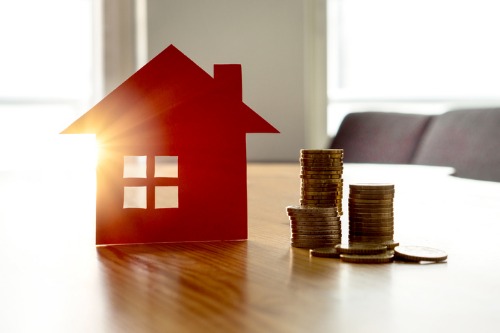Permits data suggests better news on supply ahead

The multifamily sector saw a 10.9% rise in housing starts to a seasonally adjusted annual rate of 449,000 in May while single-family starts declined 6.4% to 820,000
The combined seasonally-adjusted annual rate of 1.27 million was down 0.7% from an upwardly-revised April figure, the HUD and Commerce Department data shows. They were down 4.7% year-over-year.
But while the figures may be unremarkable, there could be better things ahead with the number of permits issued rising 0.3% to a 1.3 million unit annualized rate. This was driven by a 3.7% rise in single-family permits to 815,000, the first increase since November 2018. Multifamily permits fell 5% to 479,000.
"The rise in single-family permits echoes the stabilization we are seeing in our builder confidence survey," said Greg Ugalde, chairman of the National Association of Home Builders (NAHB). "While the increase in permits is a positive sign for the housing market, there are still affordability concerns throughout the country, especially in high-cost areas."
The decline in starts reflects challenges for homebuilders.
"This is another indicator that ongoing builder supply-side concerns are making it more difficult to build homes at affordable price points. We expect single-family housing starts to remain flat through 2019,” said Danushka Nanayakkara-Skillington, NAHB assistant vice president of forecasting and analysis.
Regional stats
Regionally, combined single-family and multifamily starts in May rose 11.2% in the South but declined 45.5% in the Northeast, 8% in the Midwest and 2.4% in the West.
Permits rose 6.8% in the South and 1.8% in the West but fell 24.6% in the Northeast and 8.4% in the Midwest.
First American’s Deputy Chief Economist Odeta Kushi said that homebuilding has been lagging demand for more than a decade and there is some way to go to address that.
“In 2018, we gained 1.2 million new households, while net new supply of houses, condos, and apartments were below 900,000 units,” she said. “New household formation is expected to grow as millennials are still forming households, and baby boomers are living longer and more independently than ever.”



